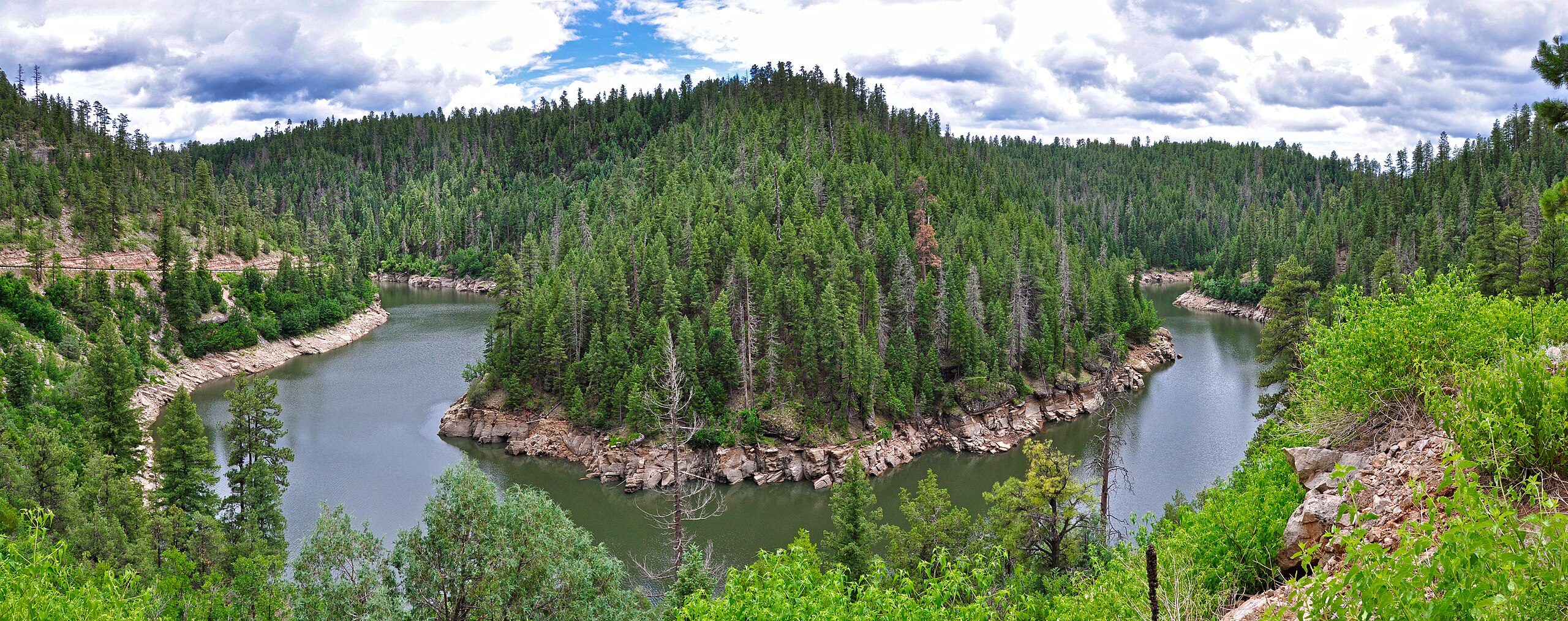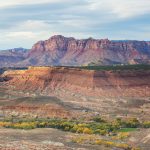- Lake Powell and Lake Mead remain significantly below average.
- Many Upper Basin reservoirs in Colorado and Wyoming are nearly full.
- California shows strong storage at Shasta and San Antonio, while others lag.
- Arizona’s Blue Ridge and San Carlos reservoirs report concerning shortages.
Friday, July 4, 2025 — Reservoir levels throughout the Colorado River Basin present a mixed and regionally divided picture according to reports effective today. Major reservoirs such as Lake Mead and Lake Powell continue to reflect severe long-term declines, while several storage sites in the Upper Basin, including parts of Colorado and Wyoming, are reporting near-capacity conditions.
present a mixed and regionally divided picture according to reports effective today. Major reservoirs such as Lake Mead and Lake Powell continue to reflect severe long-term declines, while several storage sites in the Upper Basin, including parts of Colorado and Wyoming, are reporting near-capacity conditions.
These trends highlight the challenges facing the basin’s stakeholders as they negotiate a new water-sharing plan to replace the current guidelines, which expire in 2026. Across the Southwest, decisions around drought contingency planning, power generation, water quality, and irrigation are increasingly shaped by the complex interplay between regional precipitation, snowmelt runoff, and long-term aridification.
Upper Basin Conditions: Surpluses Amid Drought Risks.
In the Upper Basin states (Colorado, Wyoming, Utah, and New Mexico), reservoir conditions are generally more favorable than in the Lower Basin, though variability remains.
Colorado’s major reservoirs show a relatively strong performance. Dillon and Williams Fork reservoirs are both reporting over 99 percent of their full pool capacity. Granby Reservoir is holding 526,910 acre-feet, or 97.6 percent of its total capacity. Taylor Park and Ridgway are also above 85 percent. However, Fruitgrowers Reservoir remains well below average, possibly indicating the effects of local drought.
Wyoming also reports high storage at Fontenelle (82.2 percent of capacity) and Big Sandy Reservoir (88.9 percent), according to July 3 data. Meeks Cabin and Eden reservoirs are both above 60 percent. Snowpack runoff and late-season precipitation may have contributed to these elevated levels, particularly in the Green River drainage.
Utah reservoirs are mixed. Strawberry and Utah Lake are storing water well above their averages, with Strawberry at 1,022,610 acre-feet and Utah Lake at 795,294 acre-feet. However, Red Fleet is only 48.4 percent full, and Moon Lake is holding just over 34 percent of its capacity.
New Mexico, by contrast, is experiencing more significant shortages. Elephant Butte Reservoir is well below its historical average. Data from SnoFlo suggests persistent drought conditions and reduced river inflows are limiting water availability.
suggests persistent drought conditions and reduced river inflows are limiting water availability.
Lower Basin: Powell and Mead Decline, While Some Smaller Lakes Hold Steady.
Reservoirs in the Lower Basin states (Arizona, California, and Nevada) are under greater stress overall.
In Arizona, Lake Powell remains one of the most scrutinized water bodies in the region. It is currently at 3,563 feet elevation, well below its seasonal average of 3,570.51 feet. Storage stands at just 32 percent of capacity, according to the U.S. Bureau of Reclamation’s June 29 update. Harmful algal blooms have been reported in Lake Powell, complicating recreational use and public health safety.
C. C. Cragin (Blue Ridge) Reservoir near Pine is substantially below its average gage height, measuring just 44 feet compared to its typical 71.43 feet. San Carlos Reservoir is also low, holding just over 59,000 acre-feet—nearly half its seasonal average. owever, Lake Mohave and Lake Havasu report above-average levels, suggesting localized recovery or successful water management efforts.
California presents a complex hydrological picture. Lake San Antonio is storing more than double its historical average, at 270,863 acre-feet. Don Pedro, New Melones, and Shasta Lake are all well above average. Shasta Lake currently contains more than 3.8 million acre-feet—84 percent of capacity and about 7 percent above its seasonal norm, according to the U.S. Bureau of Reclamation.
Yet other water bodies, such as Cherry Valley Dam and Lake Havasu near Parker Dam, are either under performing or experiencing data anomalies. The lack of current data for Lake Oroville, a key reservoir in the California water system, has been noted by state and media sources.
Nevada is facing an acute shortage in Lake Mead. As of late June, Lake Mead held approximately 8 million acre-feet—only 31 percent of its total capacity and 52 percent of its seasonal average. In 2000, Lake Mead was 90 percent full. Its decline underscores the broader imbalance in Colorado River inflows and outflows.
Other reservoirs in Nevada, such as Topaz Lake, are above average, while Marlette Lake is only at 15 feet of elevation compared to an average of 36.68 feet. These regional disparities reflect both local weather variations and ongoing strain on water delivery infrastructure.
Colorado River Operations.
Water experts and state officials continue to monitor reservoir trends as negotiations progress toward a post-2026 Colorado River operating agreement. Sharon Megdal, director of the University of Arizona Water Resources Research Center, told Newsweek that Lake Mead’s declining elevation is a direct reflection of prolonged drought and an imbalance between inflows and required deliveries, including treaty obligations with Mexico.
that Lake Mead’s declining elevation is a direct reflection of prolonged drought and an imbalance between inflows and required deliveries, including treaty obligations with Mexico.
The stakes are high. As noted in the Newsweek report
Newsweek report , lower reservoir levels pose risks to municipal water supplies, irrigation systems, and hydroelectric power output across the American Southwest.
, lower reservoir levels pose risks to municipal water supplies, irrigation systems, and hydroelectric power output across the American Southwest.
For a detailed look at reservoir conditions across the Western U.S., visit: https://snoflo.org/reservoir/
Image:
Panorama of Blue Ridge Reservoir (aka C.C. Cragin) as you drive down Forest Road 751 toward the boat dock. Taken on 7-16-13 by Brady Smith. Credit: U.S. Forest Service, Coconino National Forest.
as you drive down Forest Road 751 toward the boat dock. Taken on 7-16-13 by Brady Smith. Credit: U.S. Forest Service, Coconino National Forest.



